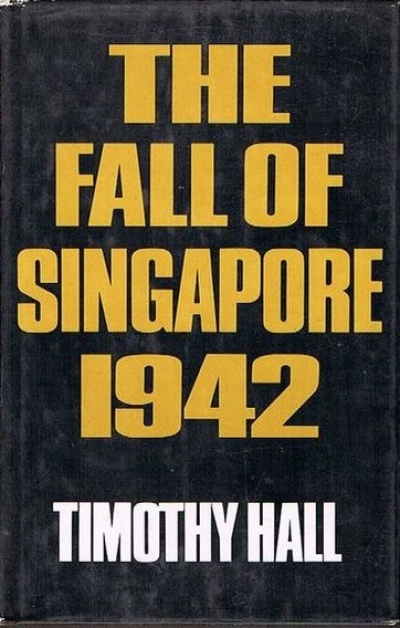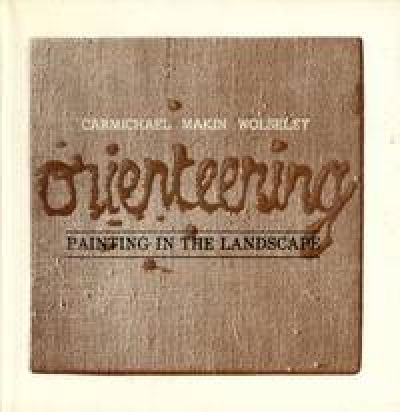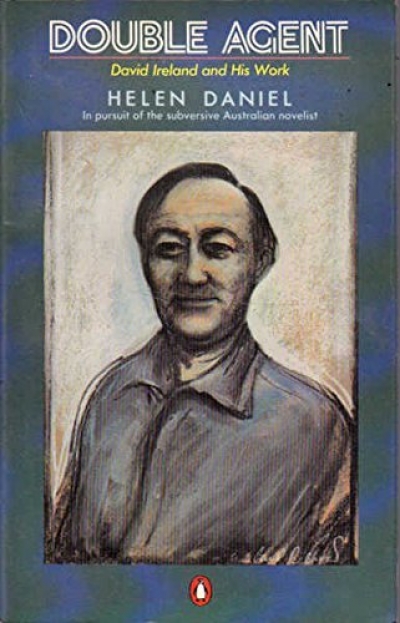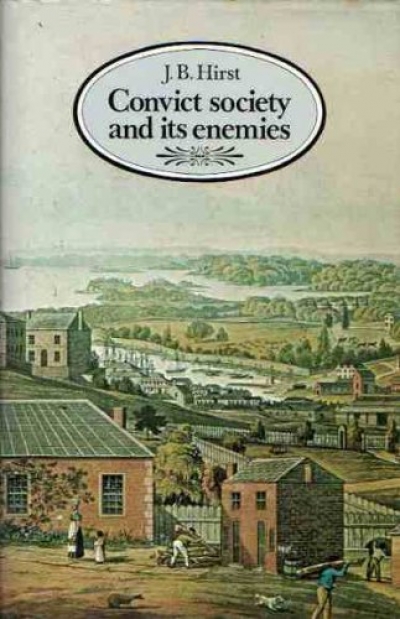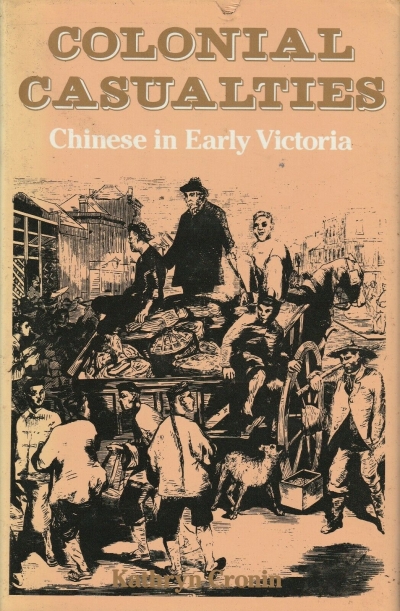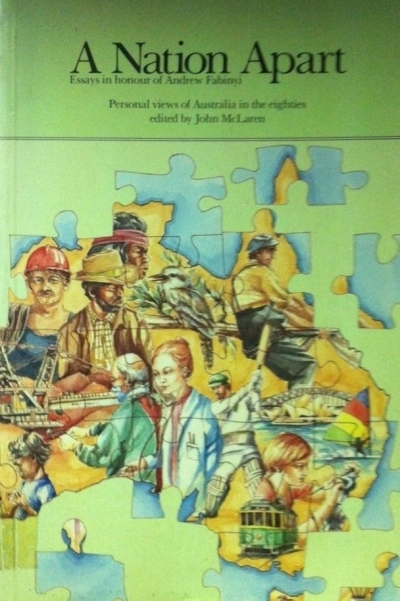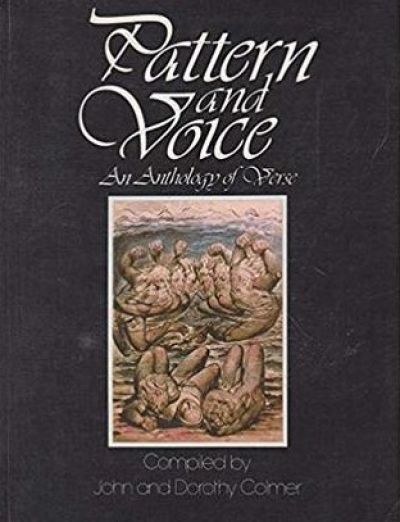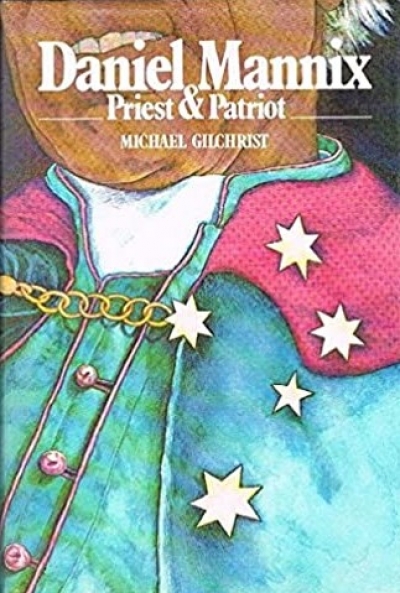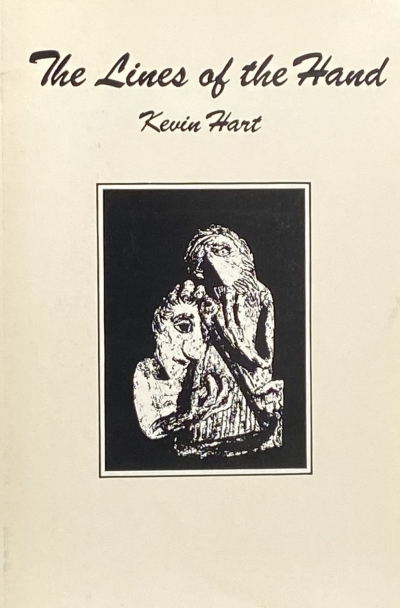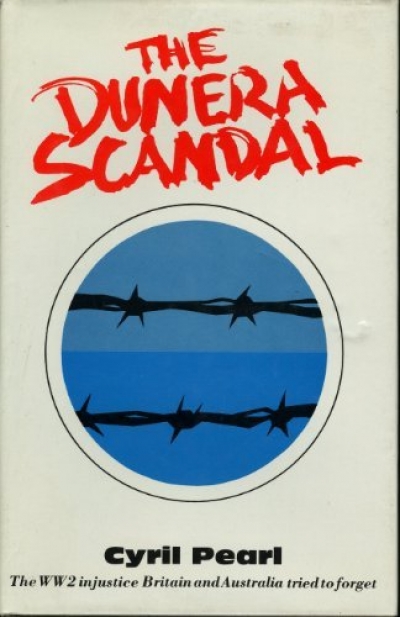In 1968, at the time of the Field Exhibition, Regionalism in painting was not a respectable concept. Not one painting in that exhibition related in any way to place. Internationalism was paramount. Now fifteen years later, even such localised phenomena as the highly stylised spray-can graffiti of the New York subways has infiltrated easel painting and the art galleries of that city, once the capital of Internationalism.
In Australia, as styles flourished and died with rapidity throughout the 1960s and 1970s, a significant number of important painters continued to work, not only with ‘recognisable shape’ as advocated by the Antipodeans, but with one particular form of it, the landscape.
...
(read more)

